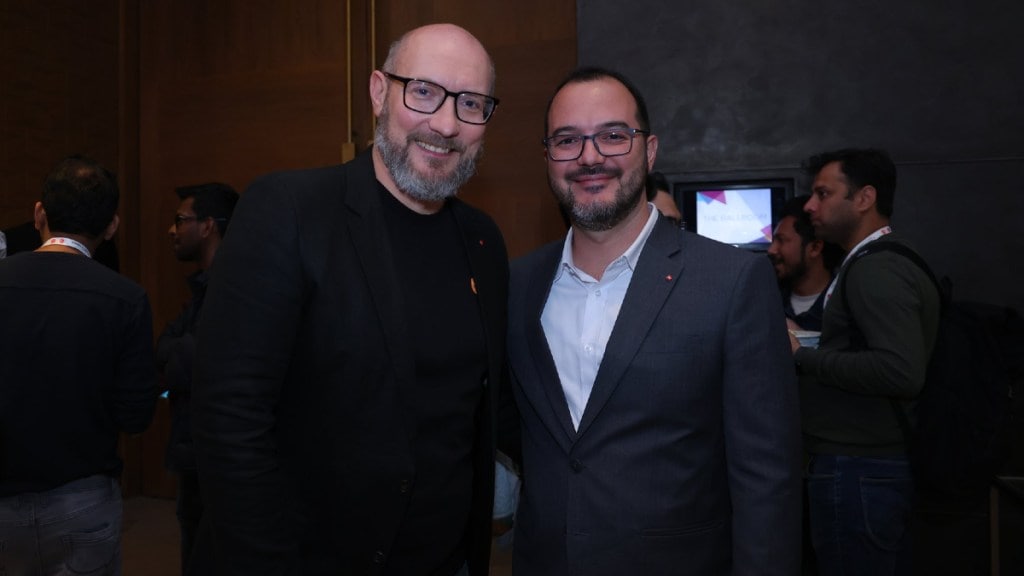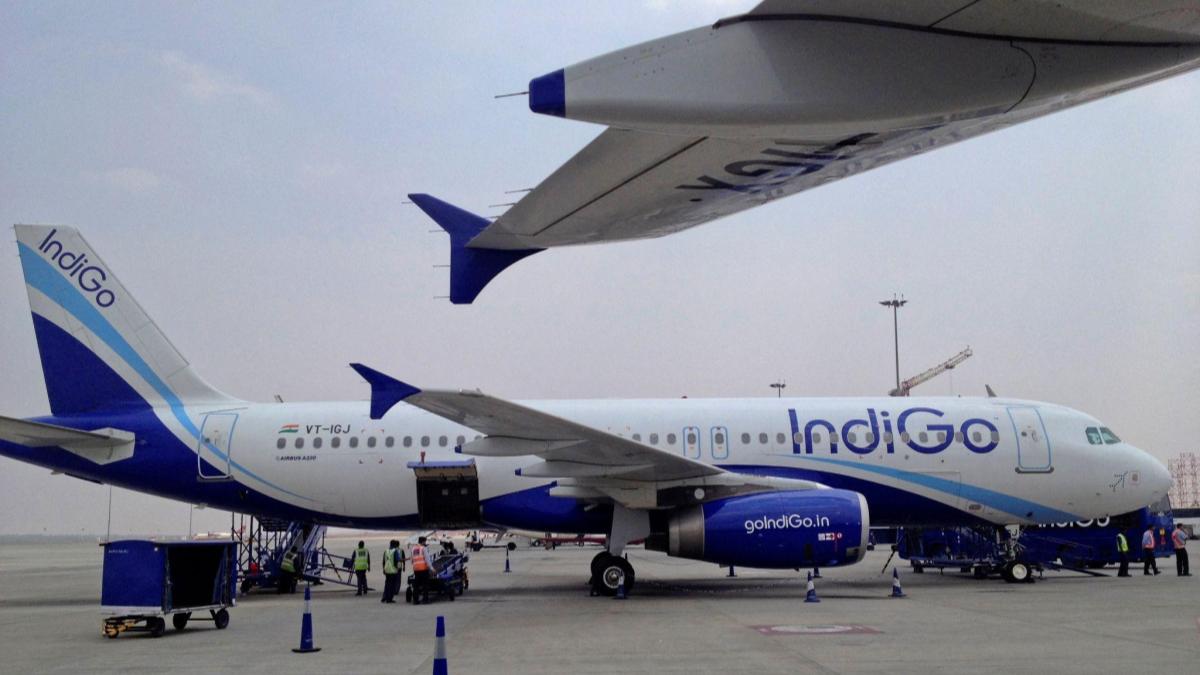As Xiaomi 14 series goes on sale in India starting today, we’re sure that many of you are curious about its Leica camera setup. That setup is one-of-its-kind, whether you pick the top-of-the-line Xiaomi 14 Ultra or relatively compact and more affordable Xiaomi 14.
While the 14 has a custom Light Fusion-900 sensor and a floating lens telephoto, the 14 Ultra gets you the 1-inch LYT-900 and a stepless variable telephoto system. The idea is to gather more light, as much of it as possible, to get you the most true-to-life photos, but then, you can’t contest the fact that they are still smartphones. They have their limitations which is why it becomes all the more difficult to fashion the kind of tech the duo has managed to pull off with today’s technology.
But even more importantly, Xiaomi and Leica are going the extra mile to define new standards for optical quality with the newly announced Xiaomi x Leica Optical Institute, to make all that’s impossible now, possible in the near future.
In an exclusive interview with FE’s Saurabh Singh, Pablo Acevedo Noda, head of development and engineering for mobile at Leica Camera AG, decodes the whole Xiaomi 14 series camera system for our readers while sharing key insights into the ongoing partnership with Xiaomi and what it would entail going forward.
Firstly, congratulations on the new devices. It’s wonderful that more people can [now] access them, but more importantly, this camera system the two of you have meticulously designed together. Can you tell us one thing you love about Xiaomi. It could be an ideology, working style, or something else.
Pablo: I like that everything is possible with Xiaomi when we sit down to get to a concept about a product. In my experience with other companies in the past, there was always a line that we could never cross. With Xiaomi, it has always been like, let’s work together and let’s make it happen.
What were the biggest challenges while putting everything together inside the relatively compact chassis of the Xiaomi 14?
Pablo: The main challenge was the lens design. We are using Summilux lenses [in the Xiaomi 14 series], which means [potentially] higher light intake in the system and that was one of the main challenges for the Xiaomi 14. Also, being able to get a customised sensor with 13.5 EV [exposure value] stops was another big challenge.
What is custom about the Light Fusion 900 sensor inside the Xiaomi 14 and how is it different from the LYT-900 in the 14 Ultra?
Pablo: What is custom about it, I cannot tell. But the dual ISO sensitivity or capture is the main characteristic that is new for this sensor. That allows to capture more dynamic range. As I was mentioning before, that’s 13.5 EV stops for the Xiaomi 14 [and 14 EVs for the 14 Ultra]. The pixel size is also different. The LYT-900 is a 1-inch sensor. The Light Fusion-900 is 1 / 1.3”. That means the 14 Ultra gets a little bit more light or let’s say better signal-to-noise ratio. So that means a little bit less noise in low light situations. But the difference will be almost negligible for the standard users.
What are the advantages of the Summilux lens setup in the Xiaomi 14 series [over the last generation that came with Summicron lenses]?
Pablo: At Leica, what we consider Summilux lenses are the ones below f/1.8 aperture. The big difference is basically the light intake. We are capable of getting more light to the sensor with the Summilux lenses and that really is the first big step to improve photography. The more light you get, the better signal-to-noise ratio, and then from then on everything is a little bit easier. The miniaturisation of the components is not as hard once you get more light into the system.
Is there any particular area that benefits due to the new lenses?
Pablo: Well, basically the challenging situations in low light, will see the most visible benefits. But at the same time, with faster lenses with an aperture of f/1.6, you get shallower depth of field, so you also get a more photographic feeling with a little bit better blurring or natural bokeh effect. Those two things are really interesting on both devices.
The stepless variable aperture design is also interesting and as far as we can recall, unheard of in modern-day smartphones. Can you take us through how it works?
Pablo: There are 4 presets in the regular photo mode [f/1.6, f/2.0, f/2.8 and f/4.0] and in the pro mode you can use the stepless [aperture] and get granular controls, so you can do a f/2.45 for example. The variable aperture was one of the most important features for the 14 ultra. This is the first time that we have a variable aperture on a 1-inch sensor in the market and there is a whole logic that was part of research and development in which the device decides based on the content of the scene, what is better to use. So for example, if you get a group photo, you will have a close f/2.0 or f/2.8 depending on the number of people at the distance so that you can get everybody in focus. If there is too much movement, then you might get f/1.6 so that the shutter speed is much shorter. There are plenty of other things like the conditions of the lighting and stuff like that. So, all of this comes into play to define the logic that is used anytime that you are pointing at a scene and doing the capture.
Cut to the Xiaomi 14 and you have a floating lens system. Is it a workaround or a full-proof solution to getting more zoom without compromising on form factor and size?
Pablo: The floating lens group inside the lens system for the 75-millimetre telephoto camera [in the Xiaomi 14] is there to reduce aberrations. The close focusing distance can also be achieved without a floating lens group, but we have introduced it coming from our own camera systems in a way that, as we were saying before, the light intake is the most important part and how that light gets to the sensor is super important. So, if we are able to reduce the aberrations on the first step, we don’t have to do post-processing to get those aberrations corrected afterwards. That’s the most important part [use case] of the floating lens group.
What is your take on lens simulations in smartphones or as Xiaomi calls the master lens system in the 14 series?
Pablo: The master system is developed exclusively by Xiaomi. It’s not something that Leica collaborates on. The simulation of lenses is a very interesting topic. What Xiaomi has been able to achieve already, I haven’t asked, but I could say that there might have been some inspiration [from Leica lenses]. It’s really important for users to get a nice portrait mode with different focal lenses. It will be more prevalent or more present in the future phones and it just brings more versatility to the users, so it’s always welcome.
Any steps that you’ve taken to minimise lens flare? Vivo and ZEISS have T* coating and it works well enough.
Pablo: We have special coatings developed together with Xiaomi and they are present in all of our flagship devices if I’m not mistaken, at least on the main cameras. We are also starting the Xiaomi x Leica Optical Institute and one of the topics [of research there] is lenses and coatings. So, there will be more research done and hopefully we will find the solutions that can be integrated in future forms.
That institute is very interesting. Would you be able to share any more details?
Pablo: We have been working together since June last year. The aim is to do research in all the different aspects related to the imaging pipeline — from lenses to sensors to ISP tuning and evaluation as well as trying to also integrate automation in those processes so that we are able to reach higher levels of quality in a shorter time span.
Will it be open source so competitors can also maybe benefit?
Pablo: We want to define the new lens standards for quality. I cannot tell yet if it’s going to be an open source or a public thing. But the aim I think will be there.
As smartphones begin to get more and more advanced and smartphone photography gets more improved, do you see that as a threat to standalone cameras?
Pablo: We believe that there are two different paths in photography. One is the camera that you have in your pocket and it’s available anytime you need it. Then there are the standalone cameras that are tailored for a different kind of use-case for enthusiasts, for professionals, for people who want to go out and take photos. It’s not exactly the same [as a smartphone]. The same people also need a phone with really nice capabilities because they don’t carry their cameras all the time. So for Leica, it’s two different ways. It’s not something that we feel jeopardises our business.
Follow FE Tech Bytes on Twitter, Instagram, LinkedIn, Facebook.







